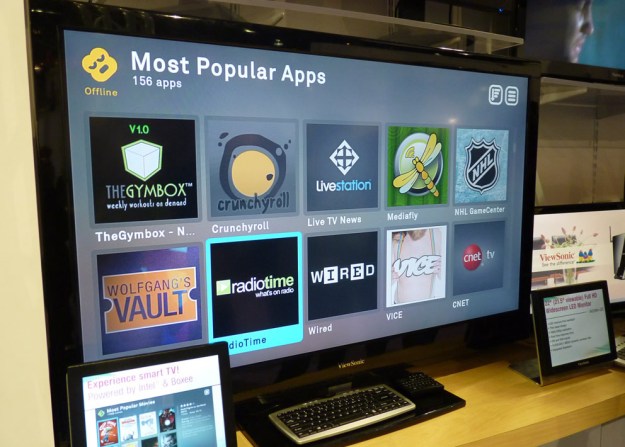
ViewSonic has ended plans to release a Boxee-powered, high definition television as of this month due to a lack of consumer interest in the concept and expensive development costs. A 46-inch version of the ViewSonic display was previously featured at CES 2011 and was powered by the Intel Atom CE4100 capable of delivering 1080p HD content, HTML5, Adobe Flash and a vast variety of Web applications. While the television was previously scheduled to arrive on the market before the end of June 2011, pricing was never discussed and the final product clearly never made it through the final design stages.

While connected televisions are going to become the norm over the next few years, set-top boxes have suffered as content creators have been stingy with allowing access to video on the Web. The Logitech Revue is an obvious case of a device that instantly became irrelevant after content providers pulled access from Google TV. Even a price drop from $299 to $99 hasn’t done much to stimulate sales of the set-top box. Analysts are currently watching Apple for any sign of the rumored Apple TV, a smart television that may bridge the gap between users and premium content with built-in support for iTunes. Beyond renting or purchasing video content, Apple TV users may be able to take advantage of a blossoming app store, assuming the smart TV is running a version of iOS.


